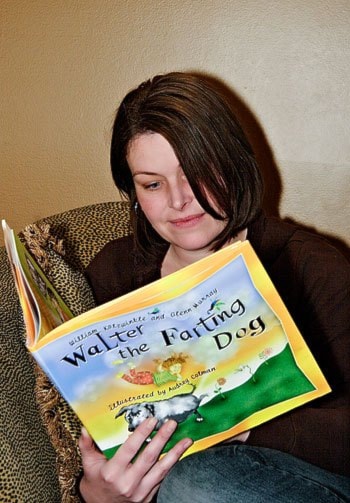By Tor Forsberg
Special to the News
Sometimes there is little separation between the man and the job; they go together like pie and ice cream.
Mark Brodhagen remembers wanting to be in the RCMP when he was a youngster, but that was before he and his parents were talking to a game warden one day and he asked his folks what a game warden did; when they told him, Mark knew he’d found his calling.
“I’ve always been an outdoor kind of guy and as soon as I knew a fellow could be outdoors, flying around in helicopters and airplanes, going up rivers and on lakes in boats, being provided with a 4X4, and getting paid; well, what more could I want? I also liked the element of enforcement in the job.”
It’s a natural fit for a man who grew up in the Yukon, trapping, hunting and fishing with his Kaska and Tahltan family, and he wears the role as comfortably as he wears the uniform.
Born in Whitehorse, he grew up in Watson Lake and Upper Liard, attended Yukon College for two years in that institution’s renewable resources management program and then went mining in BC for a couple of years.
He knew what he was going to do and he did it; he saved money for Lethbridge Community College where he got a degree in applied conservation enforcement.
Then there was seasonal work in Saskatchewan for two years before getting a full-time position in Fort St. John.
“I liked Fort St. John; it was a great place to live and the countryside is beautiful, but I always wanted to come back to Watson Lake and be near my family,” he says. “I was four years in BC before coming home five years ago.”
Watson Lake is also the home town of Brodhagen’s partner and childhood sweetheart, Kathie Thibaudeau, and it was here they started their family. The couple have an 18-month-old son, Jimmy, and another baby on the way.
They still go to Telegraph Creek for the salmon fishing season every year, but Mark’s hunting and fishing for recreation time has been somewhat curtailed by his growing family.
“It’s a good trade-off,” he says. “And I just got back from a successful sheep hunt.”
The best part of being a conservation officer?
“The opportunity to be out on the land” said Mark.
And the worst part?
He hesitated just long enough for the receptionist in the office, Hazel, to volunteer, “Being in the office!” Mark agreed.
The amount of office work involved in any job that would be considered a promotion in this field is enough to keep Mark content with his title of district conservation officer, a position he was offered shortly after his arrival.
Is there any conflict in holding a job of this nature in the town where he grew up?
“I kind of thought there might be,” he says. “But it hasn’t been a big issue. We have regulations and policies that determine our actions and our decisions; most people understand that.”
Has he noticed any changes in the area from the time he was a kid to now?
“The obvious one is the diminishing numbers of caribou,” he says. “There are wetter summers and snowier winters, too.”
What about the movement of wild animals into town?
“We have the wolves coming in and killing dogs; that’s been going on a long time. Now we have caribou coming into town, and bison.
There’s been bison right in people’s yards and we have had to go and herd them out. A couple of days ago there were two bison at Junction 37; it seems they have gone down the highway because no one has seen them come back towards the main herd south of here.
“Bison and caribou are not nearly the problem that a cow moose and a calf present when they come into town. Lots of people have no idea how fiercely a cow moose will defend her young, and how dangerous she can be.”
Bears? Has he had any memorable experiences with the territory’s largest predator? Watson Lake has had bears in the town limits on several occasions,
“We never want to shoot a bear,” Mark says. “If we get a call about a bear in town and we can determine the animal is not habituated or food-conditioned, the preferred thing to do is to live trap it, tag it and relocate it. That is the policy with ‘first offenders.’ If a bear is going to continue to come around the houses, our policy is always human safety first.”
Asked for his favourite wild animal story, Mark recalls the time he got a call late at night in Fort St. John concerning a lynx that’d been hit by a vehicle on a busy road. The caller wanted Mark to come and dispatch the animal as it was not yet dead.
When Mark got there and saw the lynx walking a bit before falling over and then getting up to walk again, he decided the creature might have a chance. Using a snare pole, he was able to get the wounded animal into a kennel for the drive to the Wildlife Rehabilitation Centre in Dawson Creek. The lynx had suffered bruising on its head and had been blinded in one eye; the woman in attendance at the centre was not certain he would make it.
Two weeks later she called Mark to tell him the big tom was blind in one eye, yes, but was otherwise healthy and ready to be released.
“Kathie was with me when we let him out in the bush,” Mark reminisces. “It was a feel-good moment to see him run away, that big tom. Too often we have to put them down.”
Tor Forsberg is a freelance writer
who lives in Watson Lake.
